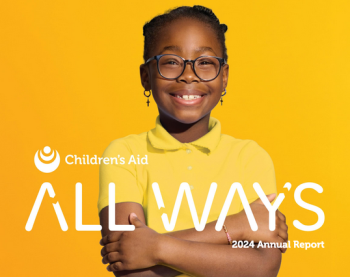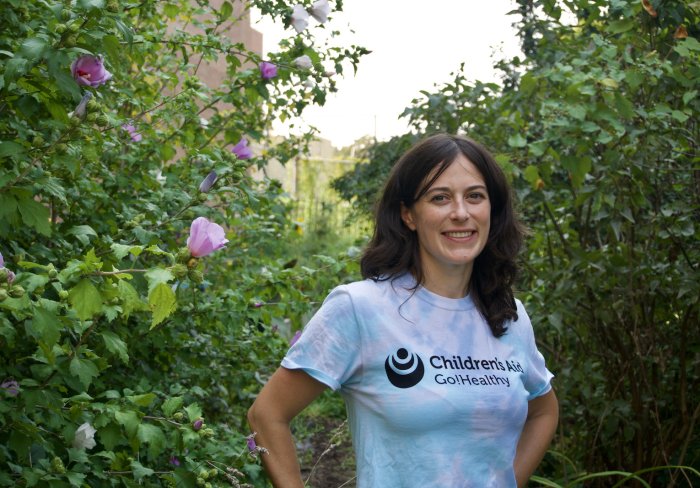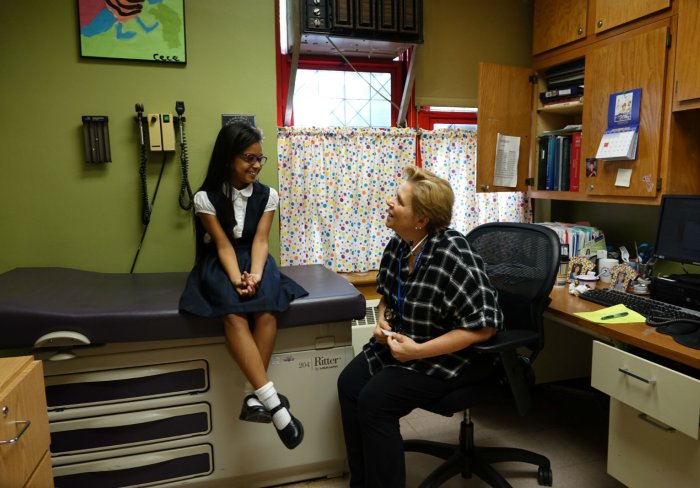When students and families across New York began to shelter at home due to COVID-19, the Children’s Aid behavioral health team knew they needed to transform the way they provided services.
Aaron Newman, the deputy director of mental health at Children’s Aid, said his team worked tirelessly to make sure the youth and families we serve – through individual, family, crisis, collateral, and psychiatric services in our community-based and school-based clinics, and our home-based clients – could manage their mental health needs.
“We were just very proactive,” he said. “We were calling our clients and their parents and checking in. Some kids and families, we had to talk to them on cell phones. Some had desktops or tablets. It was really unique in terms of finding out what each client had from a tech stand point. When so much of New York City shut down, we didn’t miss a beat.”
While some clients felt comfortable with video sessions, others wanted to take walks or sit on their fire escapes with their phones for privacy. The behavioral health team accommodated every client’s needs.
Children’s Aid serves a population already struggling with emotional difficulty and trauma and the pandemic exacerbated those issues.
“If you already have a predisposition, knowing that you’re living through a life threatening pandemic is going to increase your anxiety,” Aaron said.
Staff treating youth with impulse control, complex trauma, or parent child conflict saw those issues heightened when the pandemic hit. The clients we serve also live in some of the communities hardest hit by the virus like Washington Heights and the Bronx.
Children experienced the consequences of the pandemic first hand when family members fell ill or parents continued to go into work as essential workers. They also struggled with social isolation, as they were required to stop seeing their friends.
But clients also showed “tremendous resiliency,” Aaron said.
“Kids with suicidal thoughts, we didn’t see go into crisis as much,” he said. “We saw a lot of resiliency in our families that we did not expect.”
Telehealth services also allowed parents and caregivers to become active participants in their children’s sessions. When students see a therapist, it’s mostly in a school setting without a guardian. But switching to telehealth has allowed our team to build stronger relationships with families and get a better understanding of our clients’ day-to-day lives.
“The gold standard when you’re working with children is to have parental involvement,” Aaron said. “A therapist’s office is a very artificial way of working with a client. We were able to communicate more consistently with the parents. We essentially had a virtual home visit every session.”







